Projects and Science
France
Europe
ABT
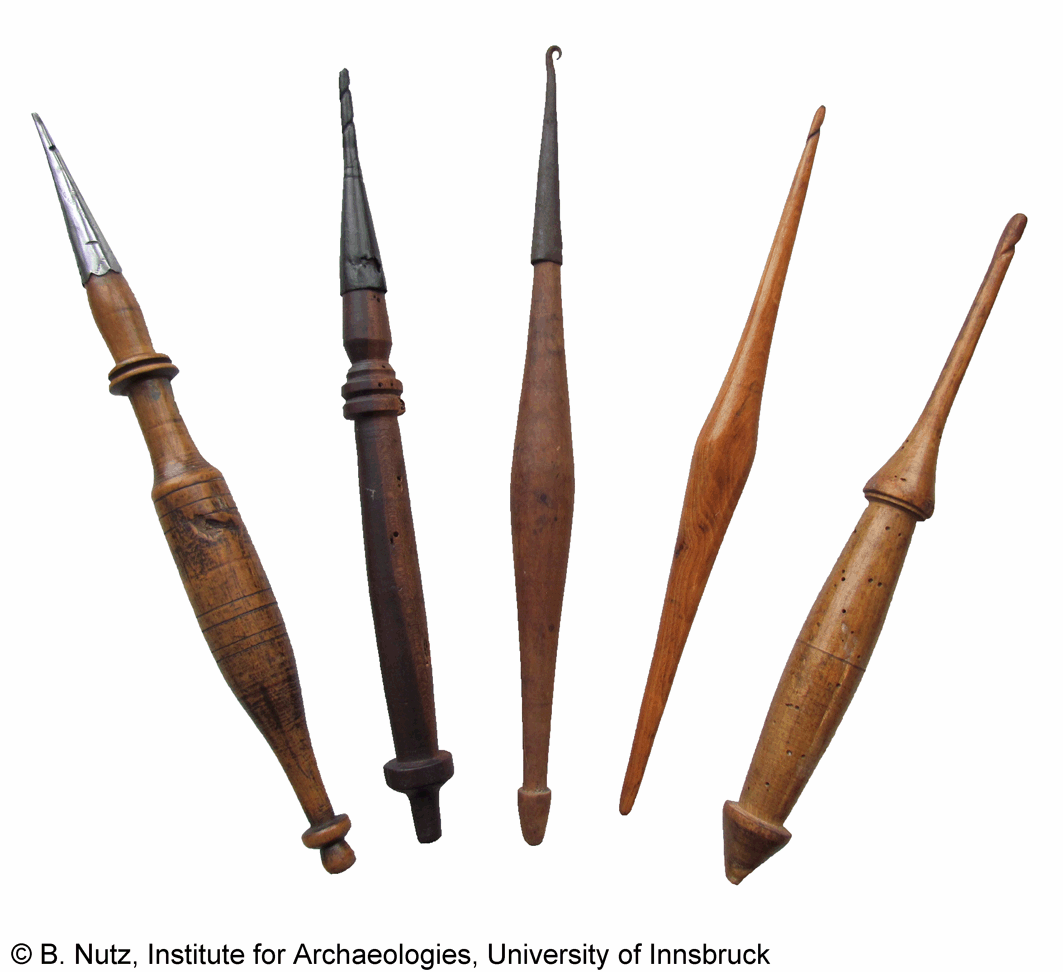
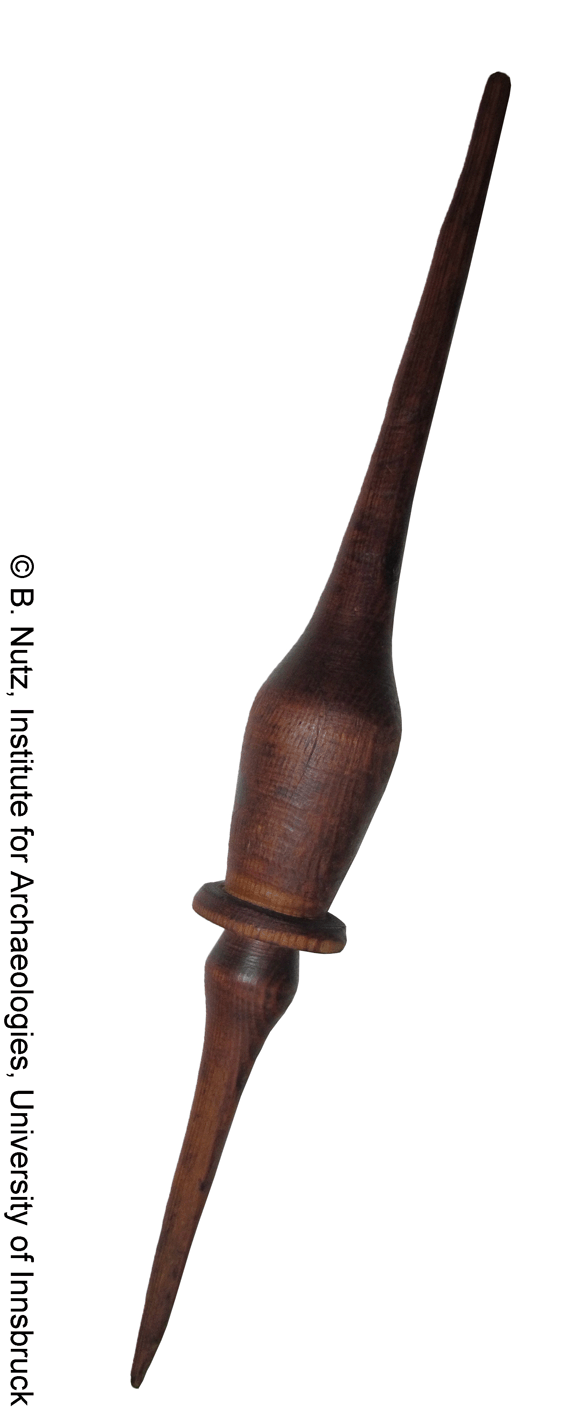

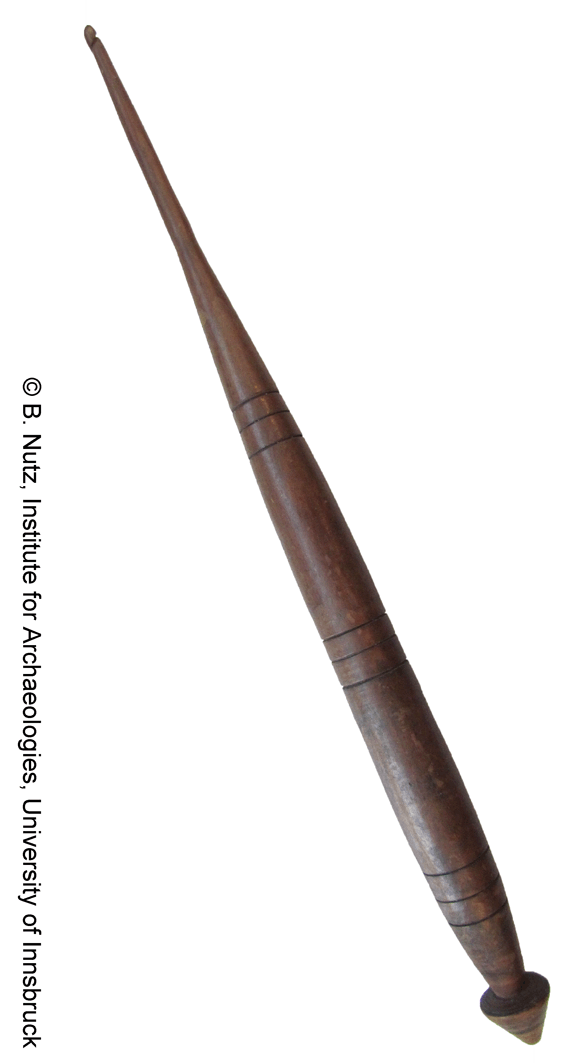
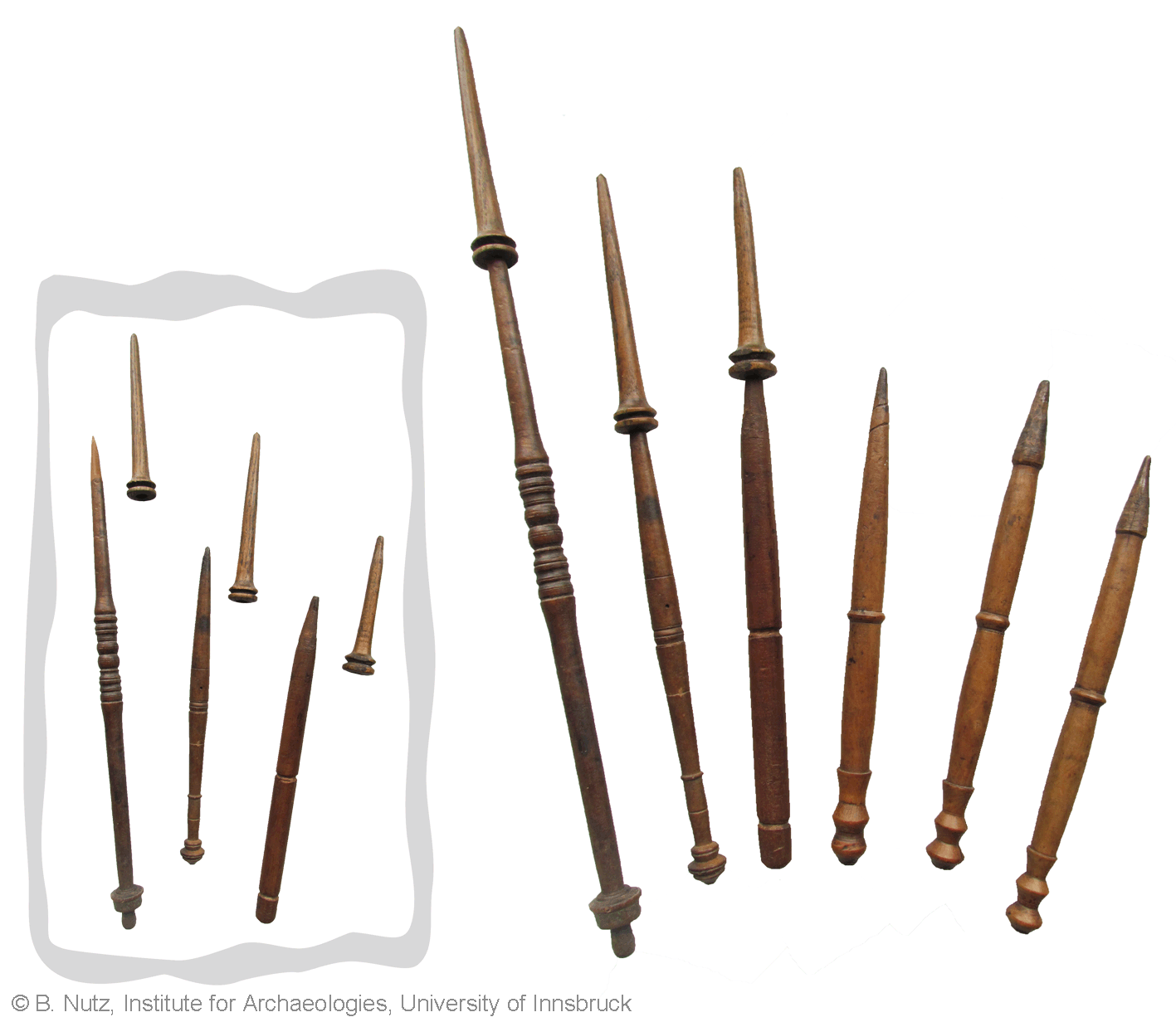
Six spindles from the Brie region each lathed from a single piece of wood. Three fitted with a removable tip made of wood (left). It seems as if the original tips of all spindles broke off and were replaced with new ones. Lengths of the spindles with secondary tip: 15.4"; 11.5"; 11.2". Length of the spindles without secondary tip: 8". 19th century.
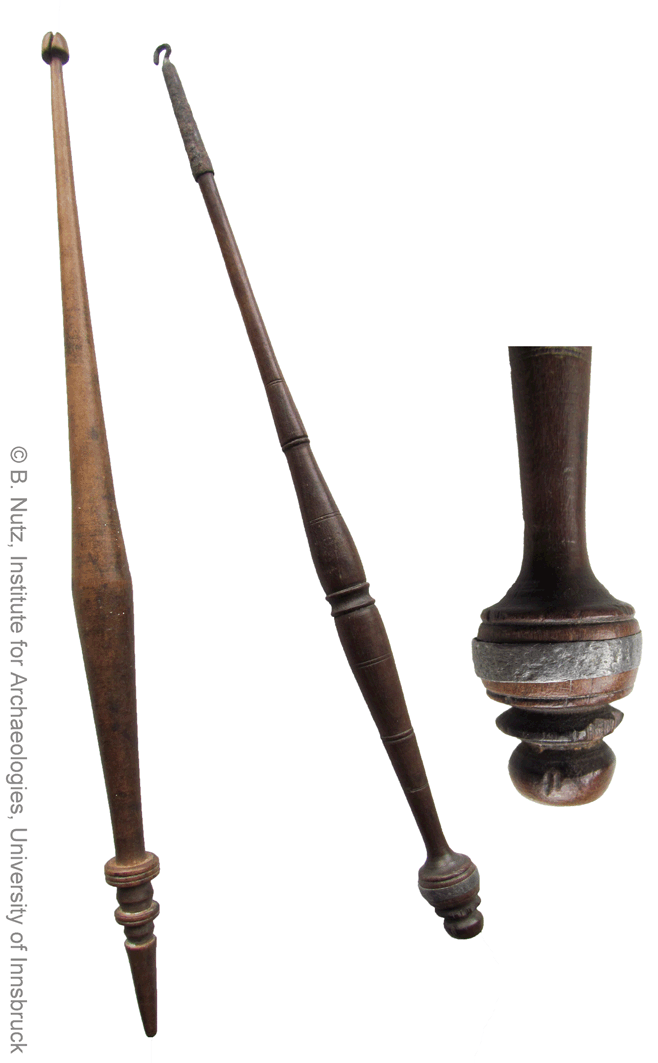
Two spindles from the Brie region each lathed from a single piece of wood. The left spindle (length: 13.4") is made entirely of wood while the right spindle is fitted with an iron tip with hook and the thickened lower end (the "whorl") was made heavier with a lead ring (length with hook: 12.6"). 19th century.
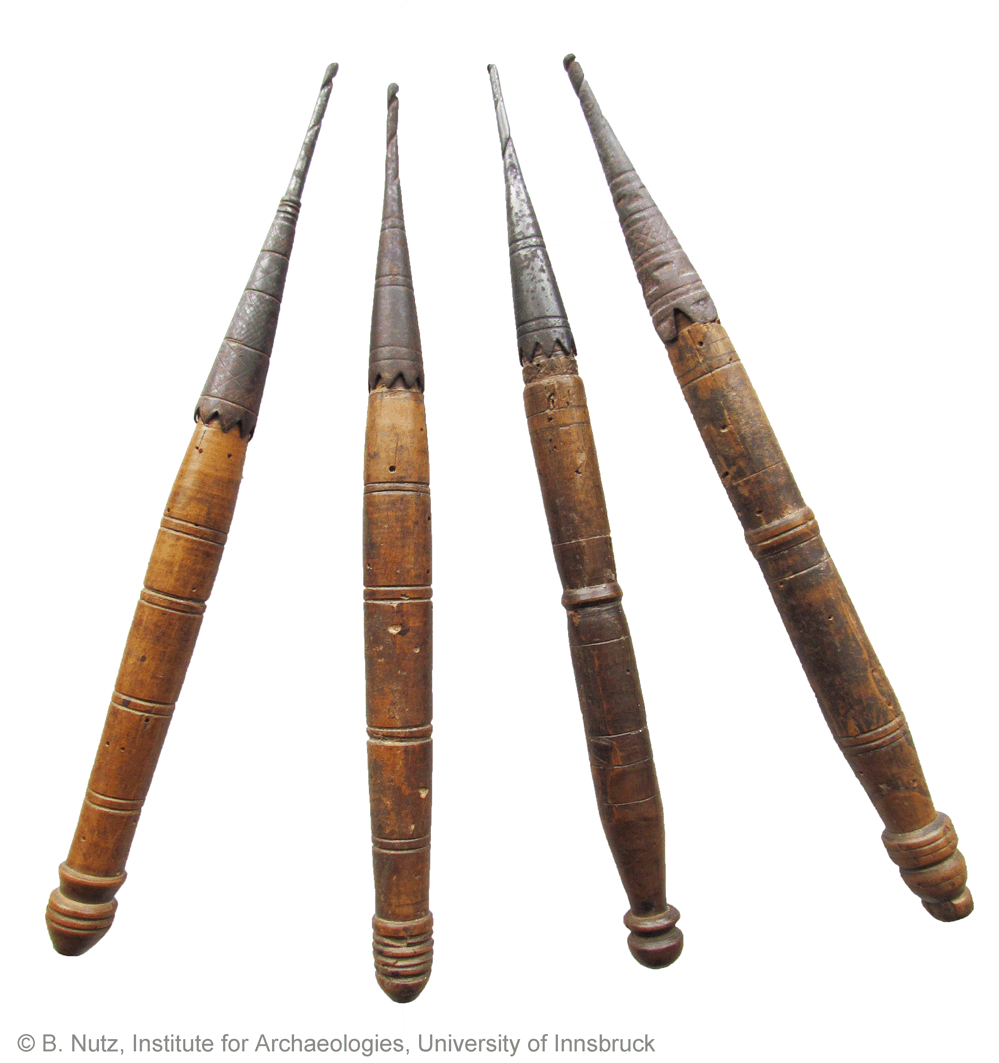
Four spindles from the Brie region each lathed from a single piece of wood with removable iron tip. Lengths from left to right: 11.2"; 10.9"; 11.1"; 11.4". 19th century.
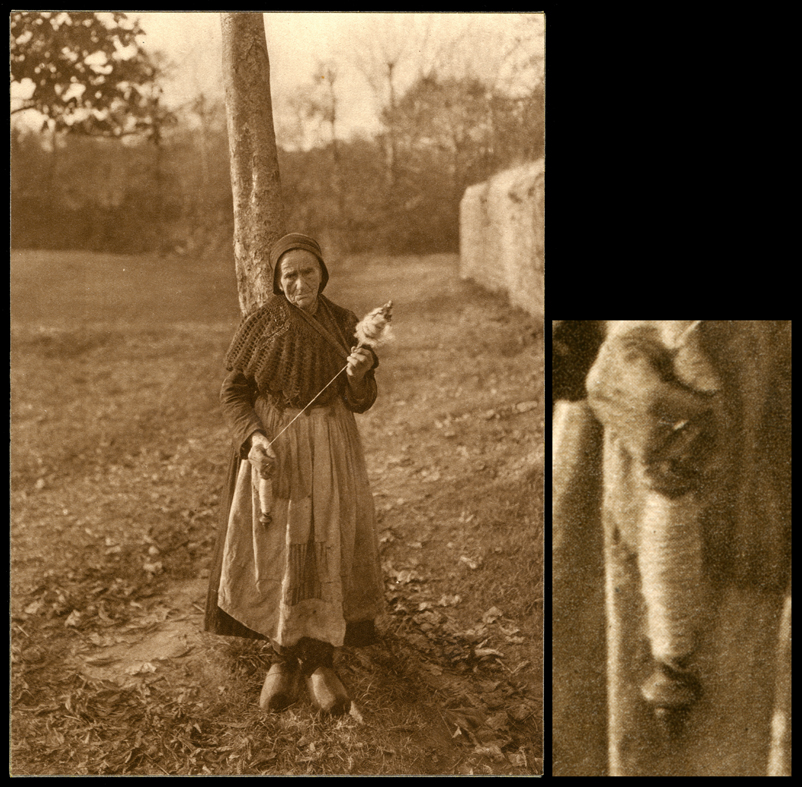
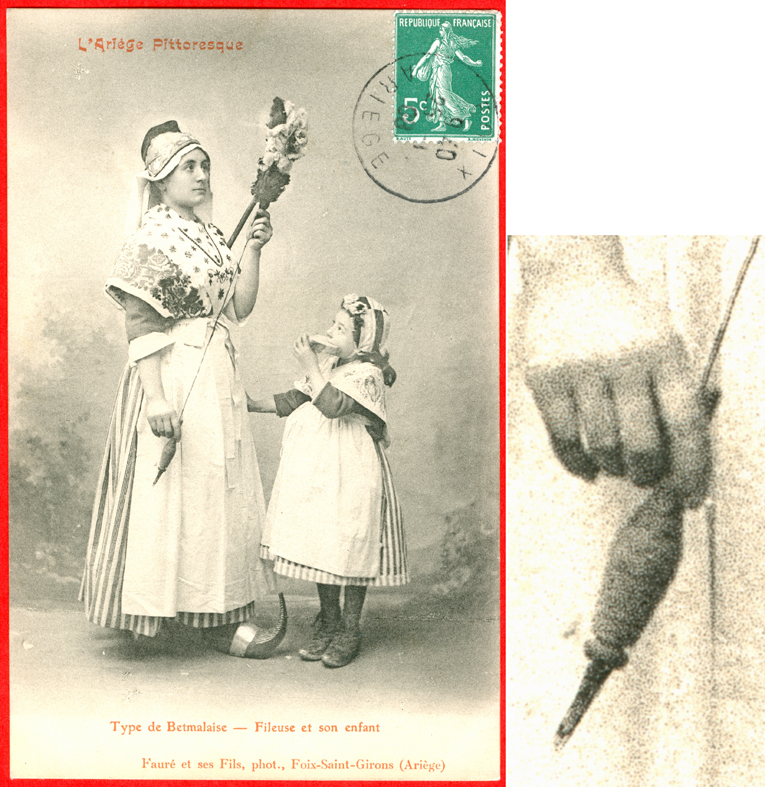
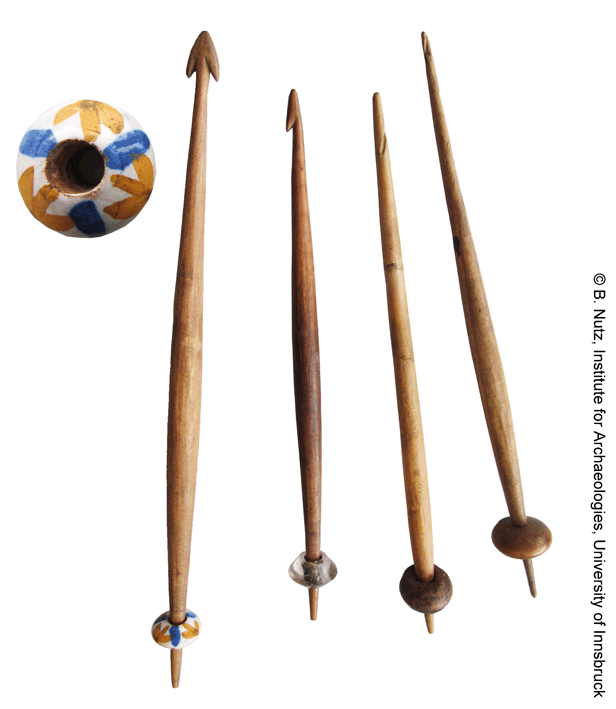
French spindles with whorls from Bethmale valley, Dep. Ariège, Central Pyrenees. Two of the spindle shafts have hooks at the top end, and were therefore used as drop-spindles. The two spindle shafts with carved spirals can be only used as support spindles. The whorls are made of faience, glass, ceramics and wood (from left to right). Length and whorl diameter from left to right: 15,74" / 1,25" ; 12,59" / 1,25"; 13,38" / 1,37"; 13,59" / 1,49".
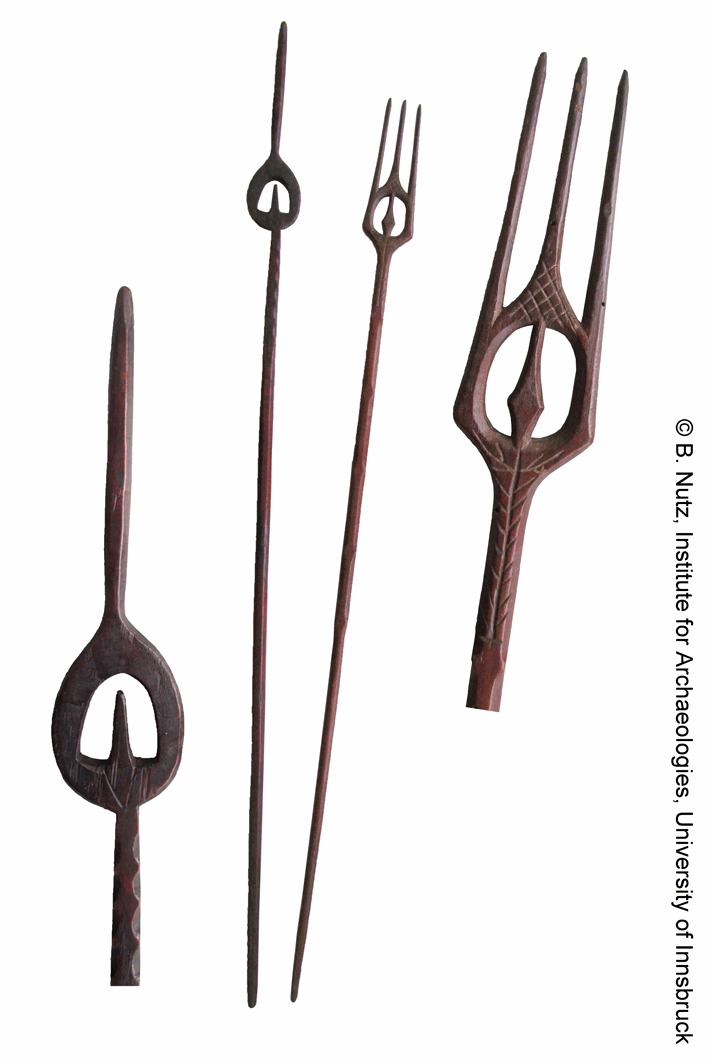
Distaffs from dem Bethmale valley, Dep. Ariège, Central Pyrenees.Length (left to right): 35,82" and 33,46".
Literature: For more spindles with whorls and distaffs from the Bethmale valley see: Musée départemental de l'Ariège (Hrsg./ed.), Bethmale - Collection Jacques Bégouën (Saint-Lizier 1993), 175-185.
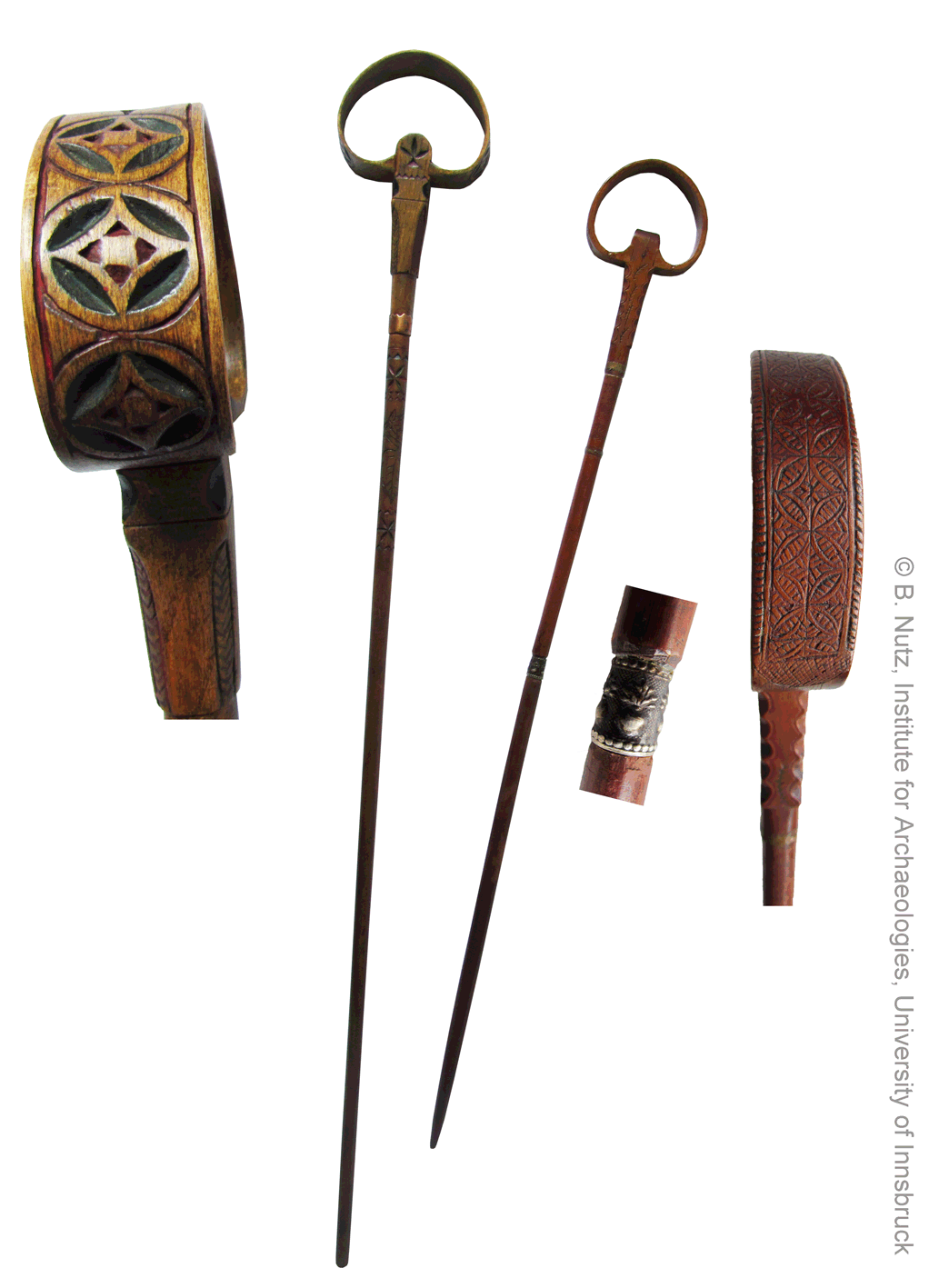
Finely decorated distaffs from the French part of the Basque Country (western Pyrenees) or the Central Pyrenees, France. Left: carved and painted, length: 35.8"; Right: just carved, with three brass rings, one of which is decorated. Length: 30.11 ".
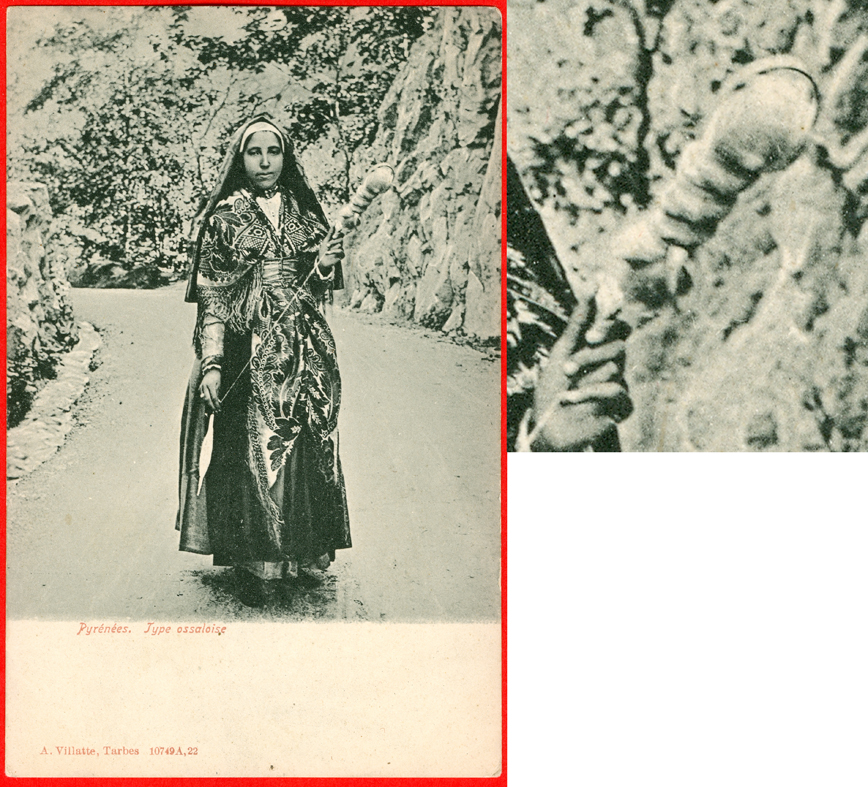
Woman from the Ossau Valley, Département Pyrénées-Atlantiques, while spinning. She uses a distaff with a ring-like top end similar to the one displayed here.
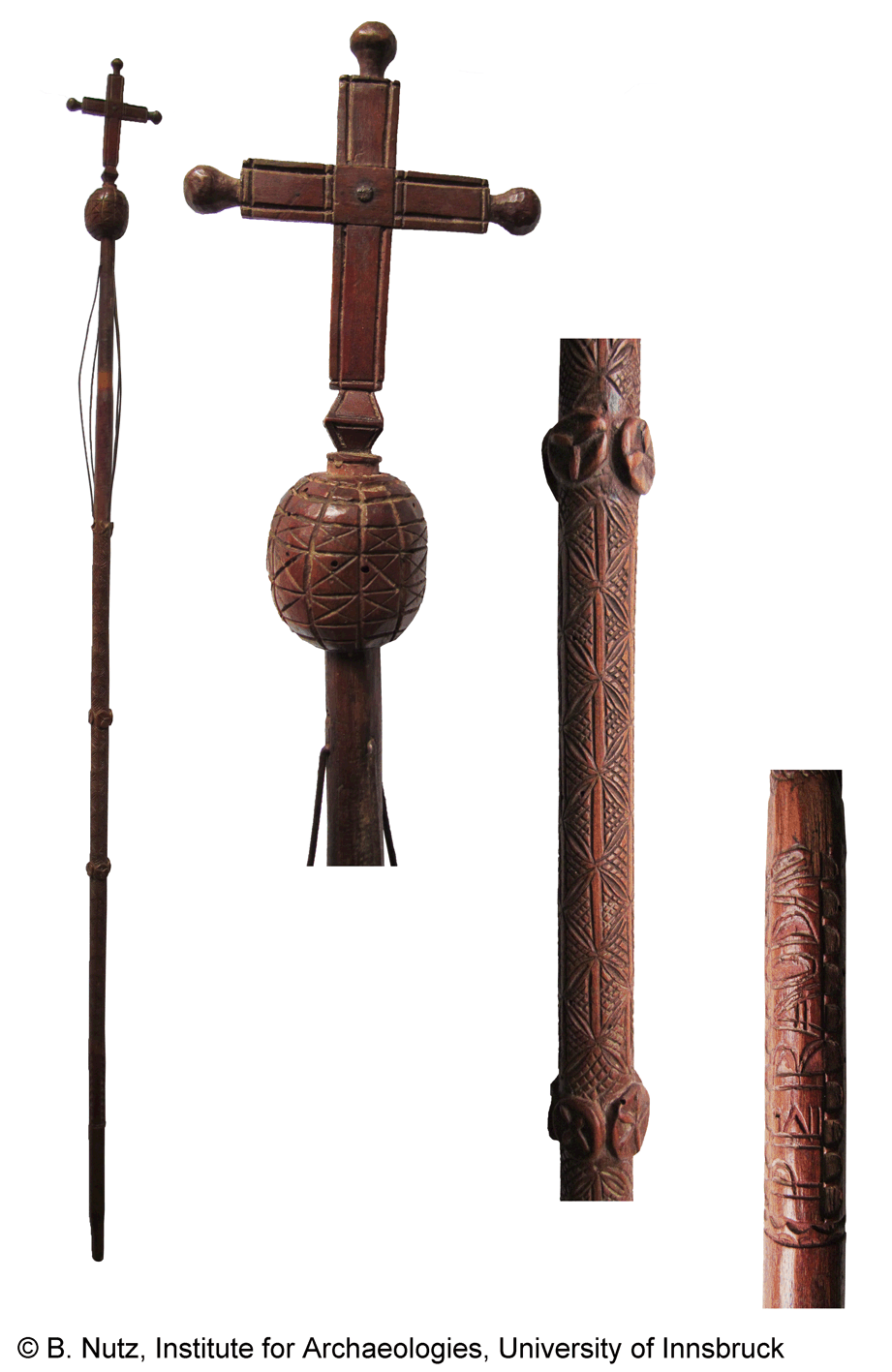
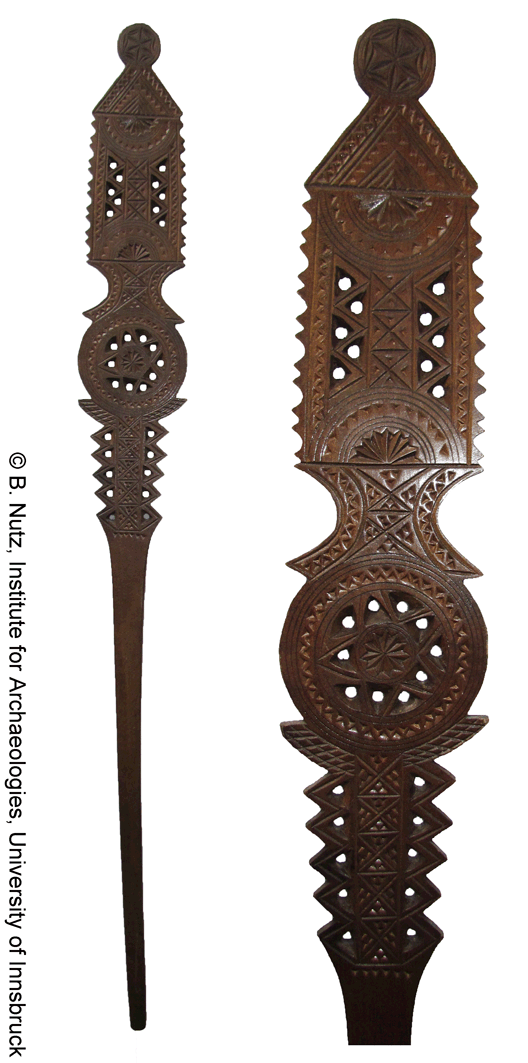
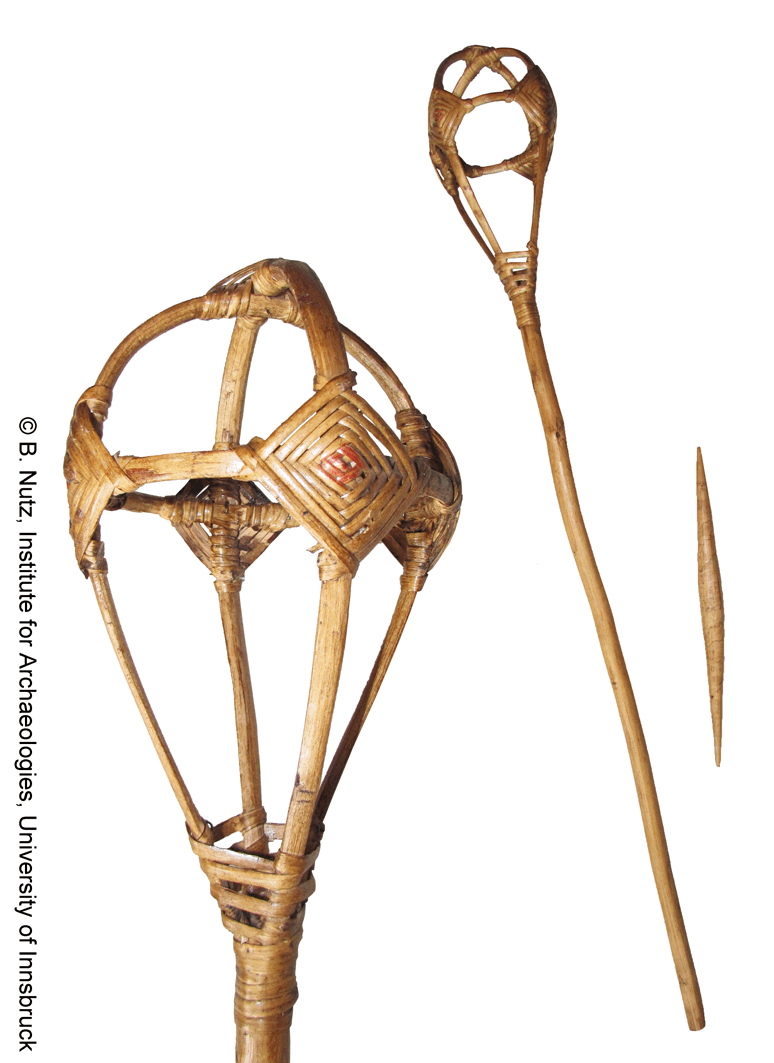
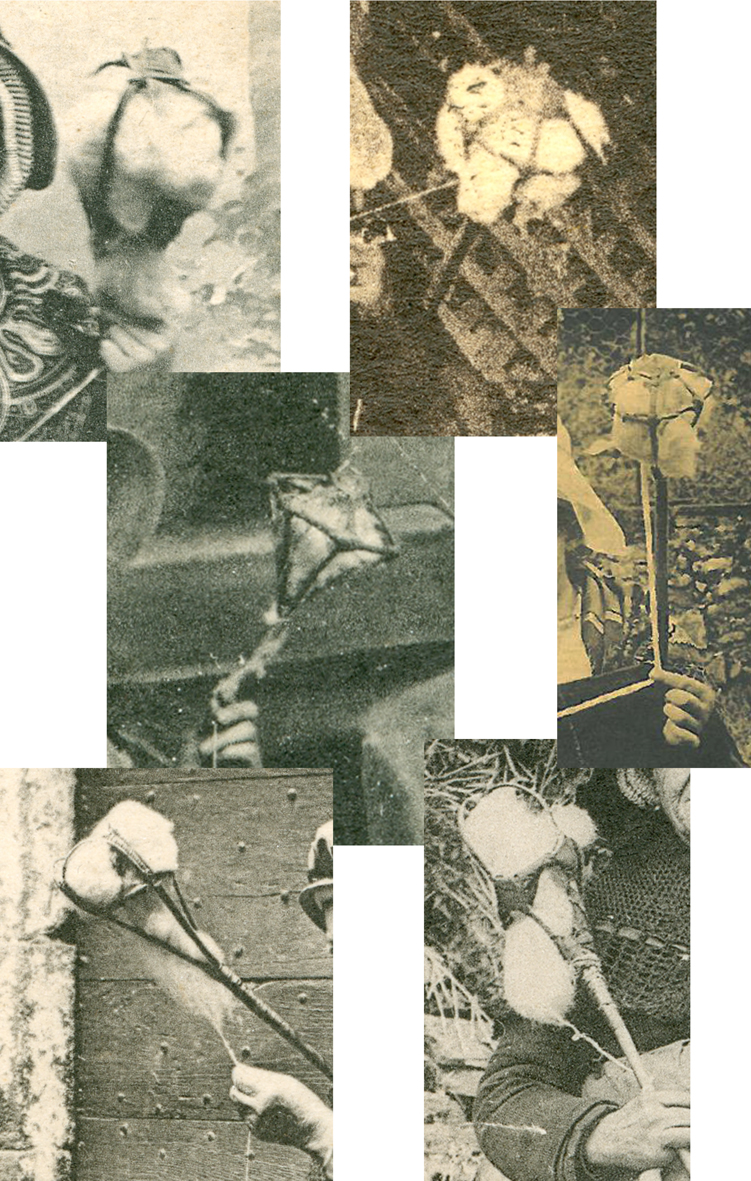
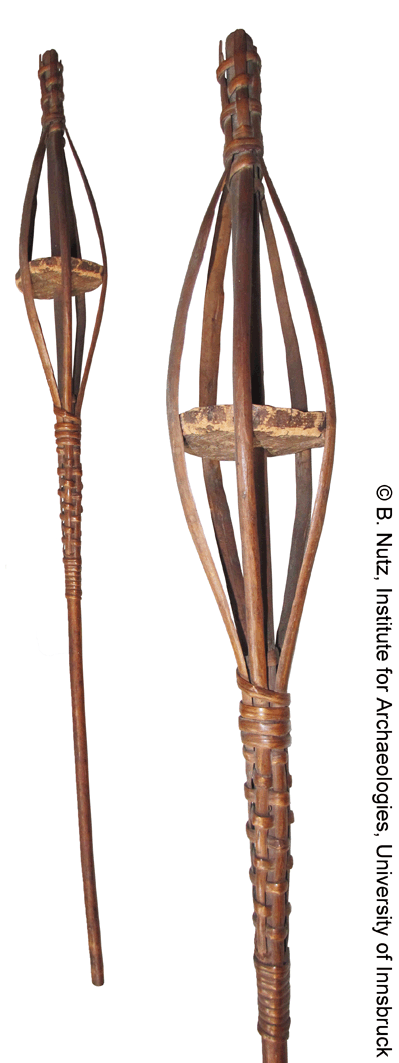
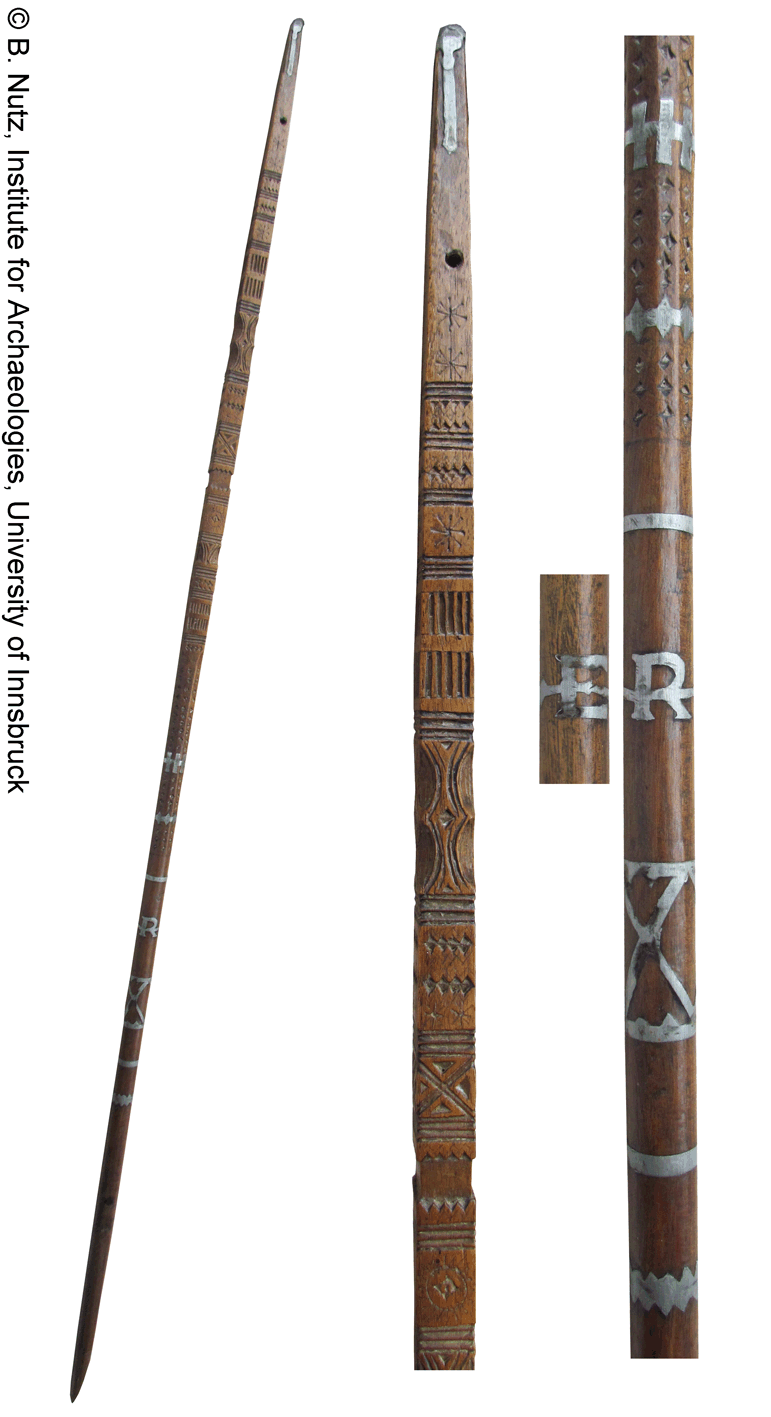
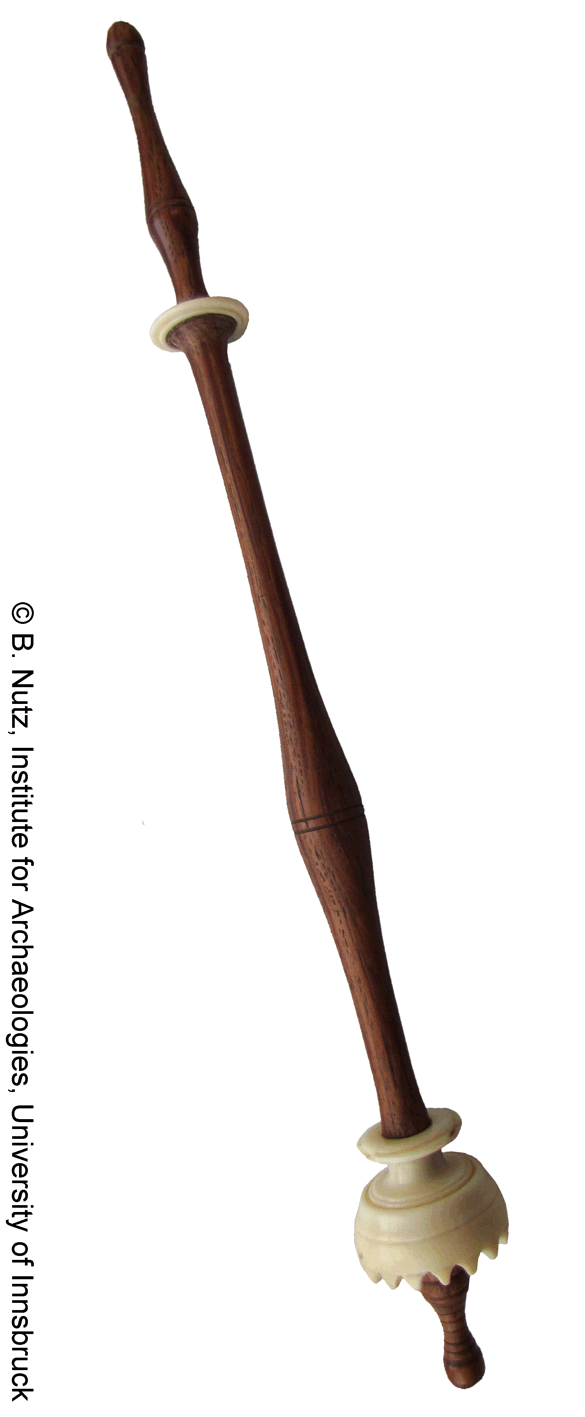
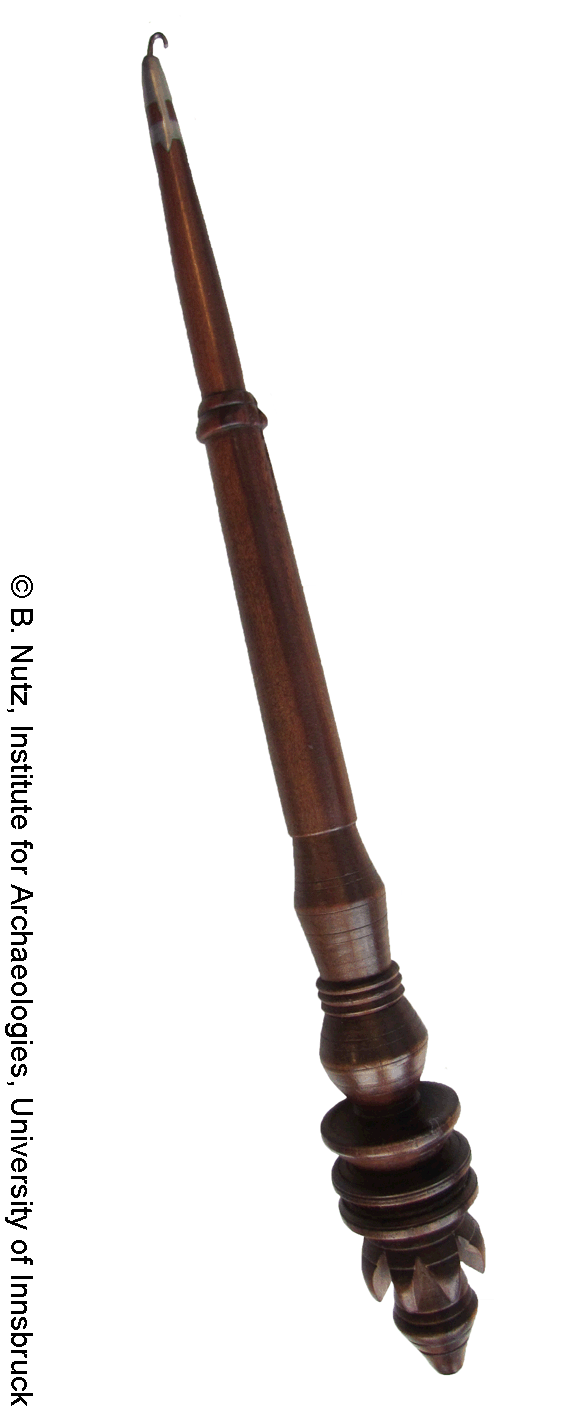


Vintage yarn winder that also serves as spindle rack. Auvergne, 19th century. Height (without spindles): 18.2”; Length of one spoke (total width) 22.4” (2x 11.2”). Spindle lengths: 9” to 11.6”.
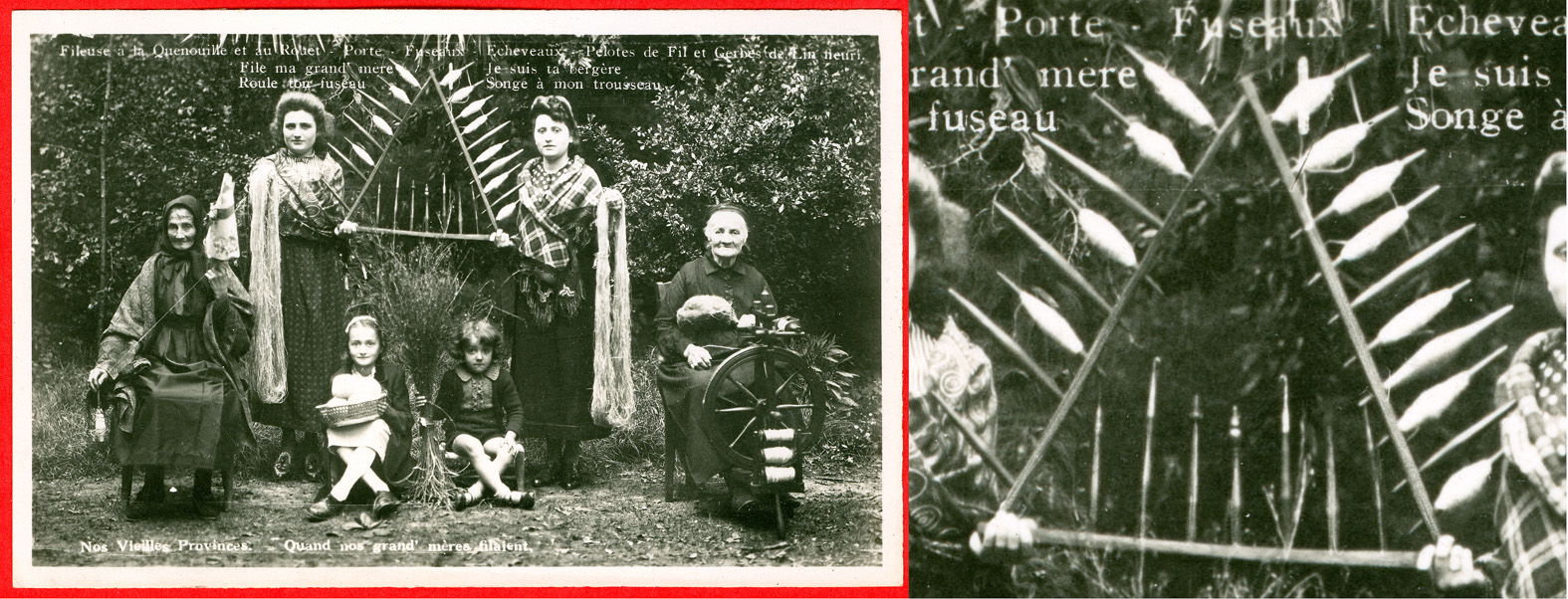
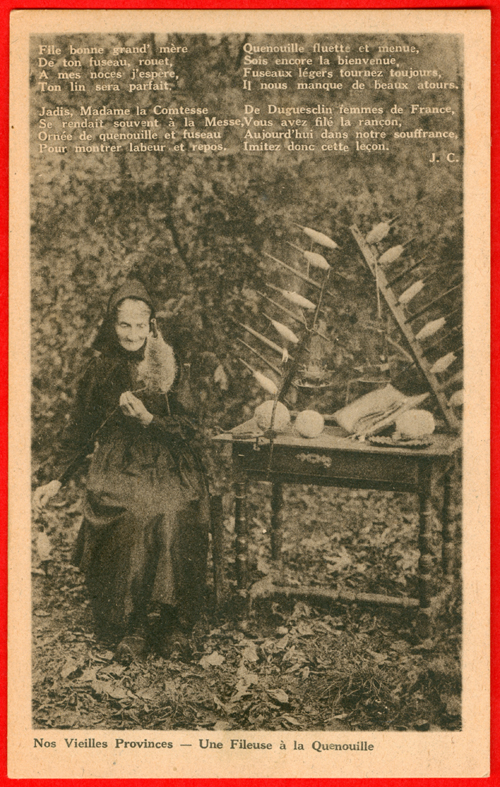
The old french postcard shows an old woman spinning. On the table there is a triangle spindle rack with nineteen other spindels. On top of the postcard a poem is written.
A triangle spindle track like this one is also to be seen on the article about Italy.
D
The old french postcard shows an old woman spinning. On the table there is a triangle spindle rack with nineteen other spindels. On top of the postcard a poem is written.
A triangle spindle track like this one is also to be seen on the article about Italy.
File bonne grand´mère
De ton fuseau, rouet,
A mes noces j´espère,
Ton lin sera parfait.
Jadis, Madame la Comtesse
Se rendait souvent à la Messe,
Ornée de quenouille et fuseau
Pour montrer labeur et repos.
Quenouille fluette et menue,
Sois encore la bienvenue
Fuseaux légers tournez toujours,
Il nous manque de beaux atours.
De Duguesclin1 femmes de France,
Vous avez filé la rançon,
Aujourd´hui dans notre souffrance,
Imitez donc cette leçon. J.C.
1 Bertrand du Guesclin (c. 1320 – 13 July 1380), known as the Eagle of Brittany or the Black Dog of Brocéliande, was a Breton knight and French military commander during the Hundred Years' War. He was Constable of France from 1370 to his death.
The translation of the last verse of the poem is:
“For Du Guesclin, women of France,
you have spun the ransom.
Today, in our suffering,
repeat that lesson.”
It is said that, when Du Guesclin was once prisoner of the Prince of Wales negotiating the height of his ransom, he said:
“Sir,” he said, “Prince Henry may truly vaunt that he will die king of Spain, cost him what it may, if he but lend me half my ransom, and the king of France the other. If I can neither go nor send to these two, I will get all the spinstresses in France to spin it, rather than that I should remain longer in your hands.”
You can find the whole story here:
The Baldwin Project - BERTRAND DU GUESCLIN
Picture-Gallery:
Many old postcards from various regions of France show women spinning with French spindles.
For more pictures please check the picture-gallery.
